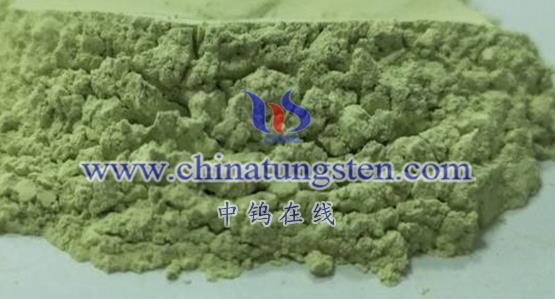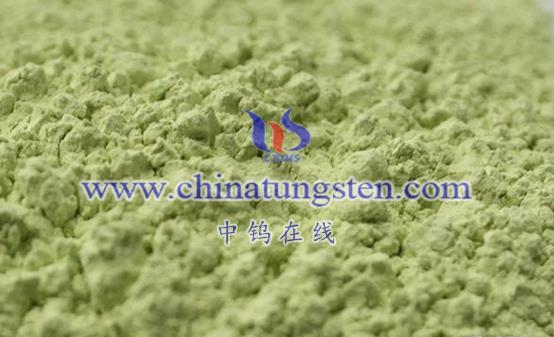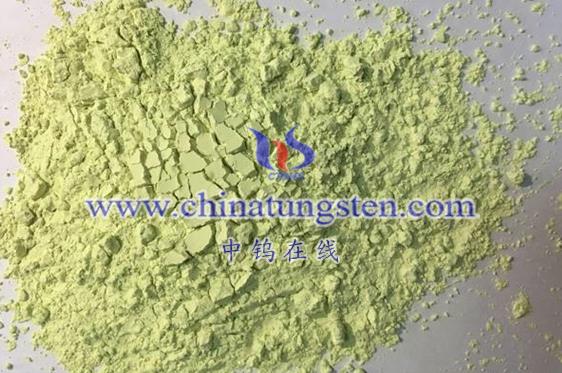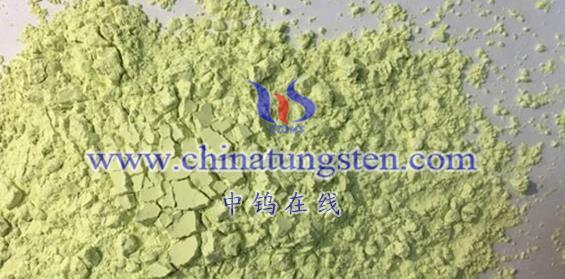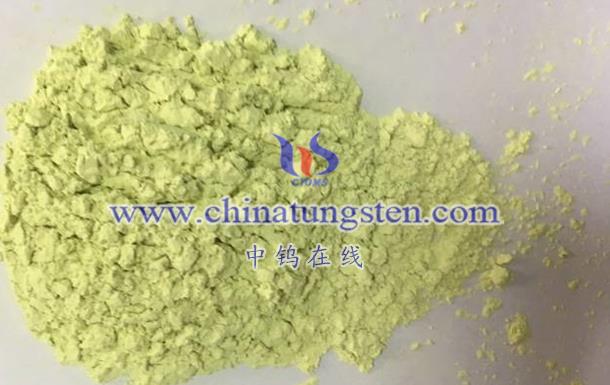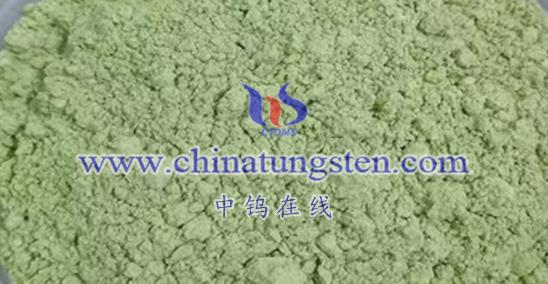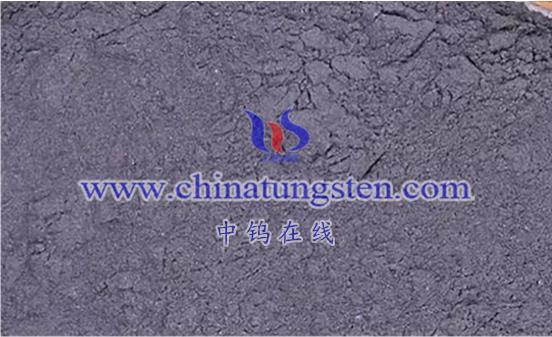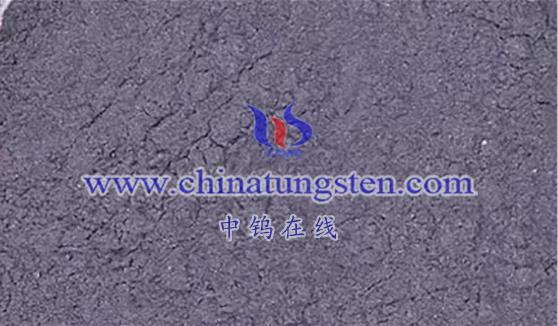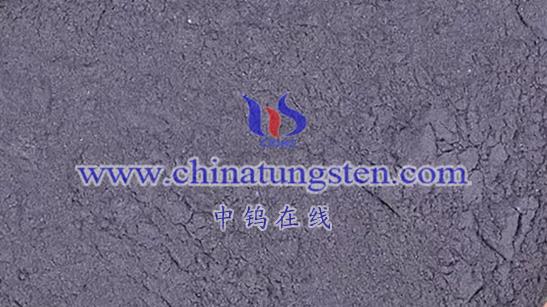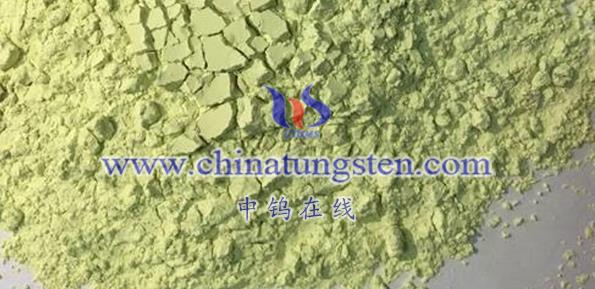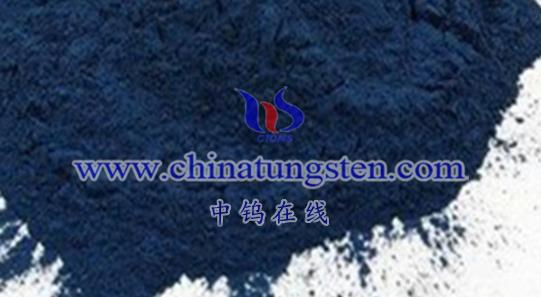
Several factors influence the color of tungsten oxide, particularly blue tungsten oxide (WO2.9). These include:
- Tungsten Content in Tungsten Oxide
The tungsten content directly affects the color of tungsten oxide. In blue tungsten oxide, a higher concentration of tungsten leads to a deeper blue color. This is because tungsten creates color centers that absorb certain wavelengths of visible light, resulting in the blue appearance. - Oxidation States of Tungsten
The oxidation state of tungsten plays a crucial role in determining the color. Lower oxidation states of tungsten (+4, +5) tend to form WO4 tetrahedra, producing a blue-green color. Higher oxidation states (+6) result in lighter or colorless forms. Therefore, lower oxidation states of tungsten promote the formation of the blue color. - Impact of Other Metal Ions
The presence of other metal ions, such as potassium and sodium, can influence the formation and stability of WO4 tetrahedra, either intensifying or lightening the blue color. These ions alter the light absorption properties of the material, thus affecting its color. - Calcination Conditions
The temperature and duration of the calcination process affect the final color of tungsten oxide. Lower temperatures and shorter calcination times favor the formation of deep blue color centers. In contrast, higher temperatures and longer times can degrade these centers, resulting in a lighter color. - Effect of pH on Color
The acidity or alkalinity of the medium during the formation of blue tungsten affects its color. In an alkaline environment, the formation of WO4^2- ions is facilitated, which enhances the blue color. In acidic conditions, the formation of these ions is limited, leading to a lighter color. - Hydration Effect
The degree of hydration can stabilize the blue color centers, resulting in a deeper blue hue. Excessive dehydration, however, can disrupt these centers and lighten the color. - Changes in Electronic Structure
The color change in tungsten oxide is also linked to alterations in its electronic structure. Tungsten oxide consists of tungsten and oxygen atoms, and when subjected to external forces, temperature changes, or gases, the vibration frequency, amplitude, and bond length of the W-O chemical bonds can change. This shift in molecular energy levels affects the color. Such variations in electronic structure are responsible for color changes.
In summary, the color of tungsten oxide is influenced by factors such as tungsten content, its oxidation states, the presence of other metal ions, calcination conditions, pH levels, hydration, and changes in its electronic structure. These combined factors determine the final appearance of the material.
More details of tungsten oxide product, please visit website: tungsten-oxide.com
Please contact CHINATUNGSTEN for inquiry and order of tungsten oxide:
Email: sales@chinatungsten.com
Tel.: 86 592 5129595
